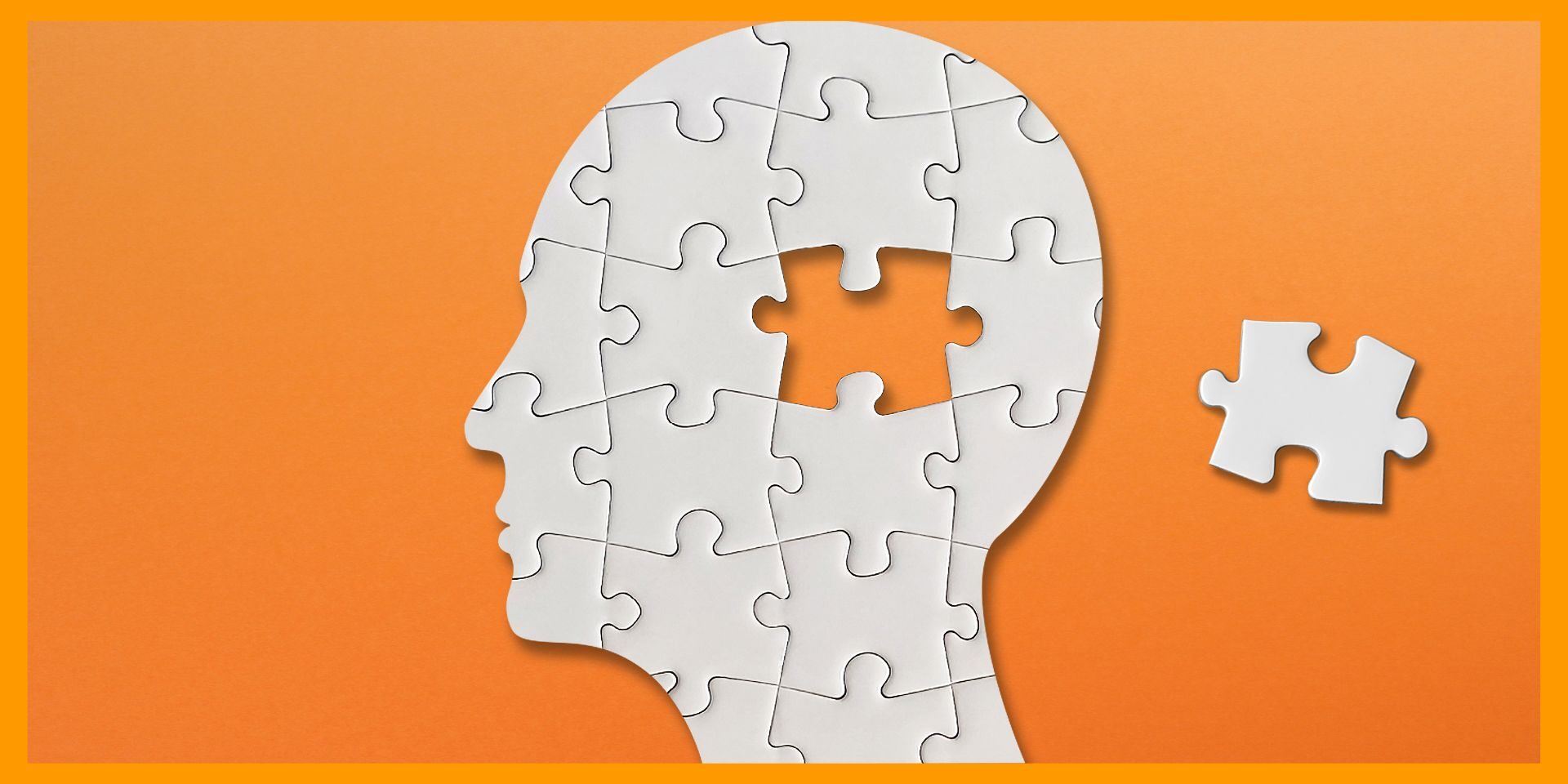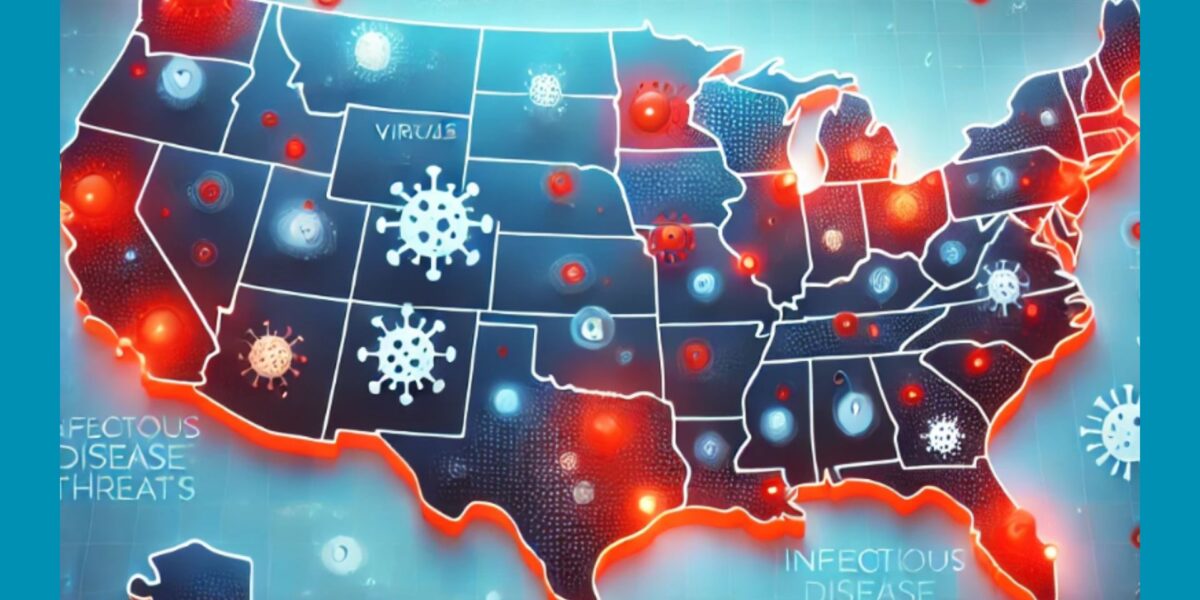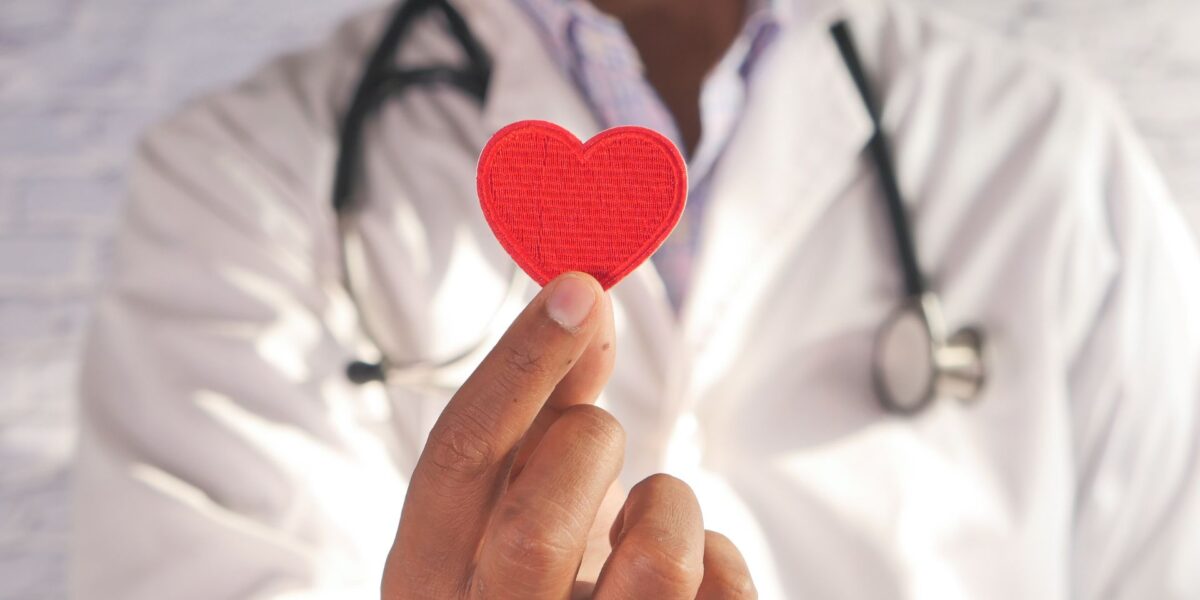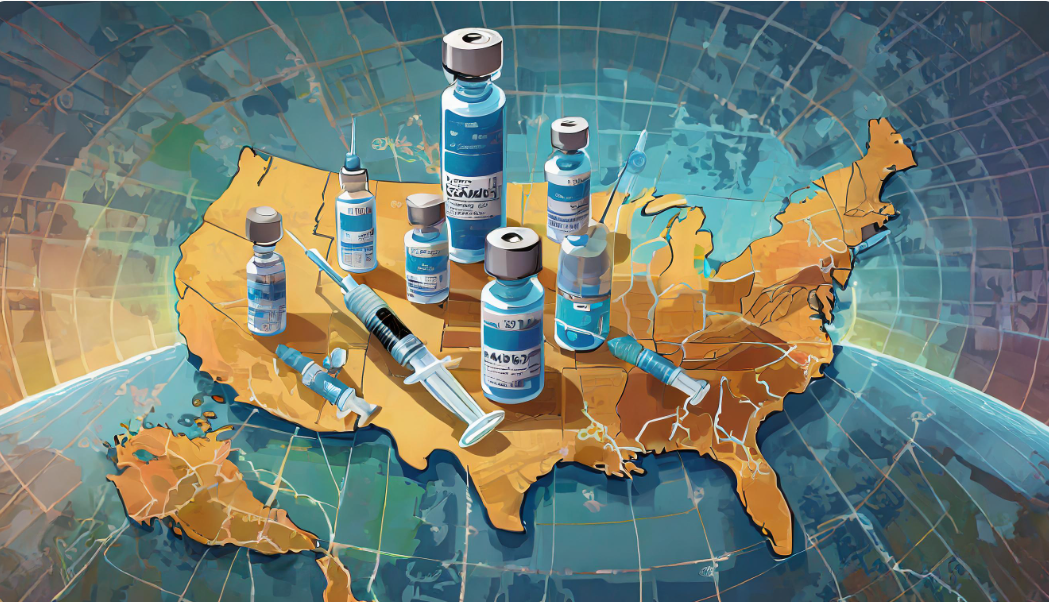
Amid ongoing measles outbreaks and plans by the Department of Health and Human Services to re-examine scientific research on vaccines and autism, Alison Singer, co-founder and president of the Autism Science Foundation (ASF) shares her perspective in this guest blog post.
 As the mother of a 26-year-old daughter with autism and legal guardian of her older brother with autism, she is a natural advocate who has served on multiple federal advisory bodies on autism. In 2009, she founded ASF, a nonprofit organization dedicated to supporting people with autism and their families by funding scientific research to understand the causes of autism and develop better treatments. ASF is a partner organization of the National Foundation for Infectious Diseases (NFID) and shares the vision of healthier lives for all through effective prevention and treatment.
As the mother of a 26-year-old daughter with autism and legal guardian of her older brother with autism, she is a natural advocate who has served on multiple federal advisory bodies on autism. In 2009, she founded ASF, a nonprofit organization dedicated to supporting people with autism and their families by funding scientific research to understand the causes of autism and develop better treatments. ASF is a partner organization of the National Foundation for Infectious Diseases (NFID) and shares the vision of healthier lives for all through effective prevention and treatment.
No environmental factor has been better studied as a potential cause of autism than vaccines, including the measles, mumps, rubella (MMR) vaccine. That includes vaccine ingredients as well as the body’s response to vaccines. All this research has found no link between autism and vaccines. This is consistent across multiple studies, repeated in different countries around the world, with different individuals, and using different model systems. Also, we know that some biological features of autism, like unusual brain structure, can be seen during pregnancy, before any vaccines are given to the child.
Despite the mountain of evidence, a common refrain from vaccine skeptics is, “You can’t tell us vaccines don’t cause autism until you can tell us what does.” The good news is that we are making progress in our search for the causes of autism, and this information may be valuable for families who are hesitant about vaccines.
What have we learned about the causes of autism?
Genetics: An overwhelming amount of evidence points to genetics. In about 15-20% of autism cases, 1 genetic variant (gene change) can explain autism features. In other cases, there may be multiple genetic changes interacting to cause autism. In the past few years, we have moved beyond identifying genes and have begun studying how to correct genetic mutations to restore function. Studies focused on gene editing are underway.
Autism runs in families. Siblings of a child with autism are 15 times more likely to be diagnosed with autism, while nieces and nephews of a person with autism have a 3 times increased risk rate.
Environment: Researchers are examining how environmental factors work independently and in conjunction with genes to cause autism. Environmental factors associated with an autism diagnosis include:
- Being male: Boys are diagnosed 4 times more often than girls and new research indicates that being female builds resilience to autism, as females require larger genetic changes to show symptoms of autism
- Being born prematurely: Children born prematurely or with extremely low birthweight are more likely to have autism
- Having an older parent or parents: Higher age at conception of either the mother or father or both adds to the likelihood of an autism diagnosis
- Illness during pregnancy: Certain illnesses like rubella and influenza (flu) during pregnancy can increase the likelihood that a child will be diagnosed with autism
- Exposures during pregnancy: Exposure to some anti-epileptic drugs, as well as high levels of air pollution during pregnancy, has been associated with autism in children
- Presence of maternal metabolic disorders like pregnancy-related diabetes may lead to later diagnosis of autism in children
Why are rates of autism increasing?
- Broader diagnostic criteria: In 2013, the definition of autism was dramatically broadened to include a wider range of behaviors and functional levels. The bulk of the increase in rates of autism is due to more people meeting diagnostic criteria. The prevalence of profound autism, while up slightly, has not increased at nearly the rate of high-functioning autism.
- Improved screening: Better screening tools and standardized processes have led to earlier detection
- Increased awareness: More people are aware of autism and are seeking diagnoses
- Improved access to services: More people have access to services that help identify autism
- People are having babies at older ages: Babies born to older parents are at increased risk of autism
- Increased survival rates for preterm babies: Improved medical care has led to more preterm babies surviving and developing, but preterm birth is associated with a higher risk of autism
The Science on Autism
When talking to patients and caregivers about autism, it is important to emphasize the value of early intervention. Research has helped to develop many different interventions that are personalized to an individual’s unique strengths and challenges and focus on overall well-being.
The Autism Science Foundation has resources available for families, including an archive of autism/vaccine studies. We encourage families to read the science for themselves—on autism and on vaccine-preventable diseases.
To join the conversation and get the latest news on infectious diseases:
- Like and follow NFID on social media
- Follow NFID, Alison Singer and Autism Science Foundation on X (Twitter)
- Listen and subscribe to the Infectious IDeas podcast
- Subscribe to receive future NFID Updates
Related Posts

News Round-Up: Infectious Disease Threats
According to NFID website poll, there are several worrisome infectious disease threats. Read recent news on topics of greatest concern, including avian influenza (bird flu), measles, and respiratory syncytial virus (RSV) …

Vaccines and Heart Health: A Vital Connection
Heart disease can increase the risk of serious or fatal complications from respiratory diseases including COVID-19, flu, and RSV

Harnessing the Power of Local Data
NFID dashboard aims to empower stakeholders with hyperlocal data to increase US adult respiratory vaccine uptake
